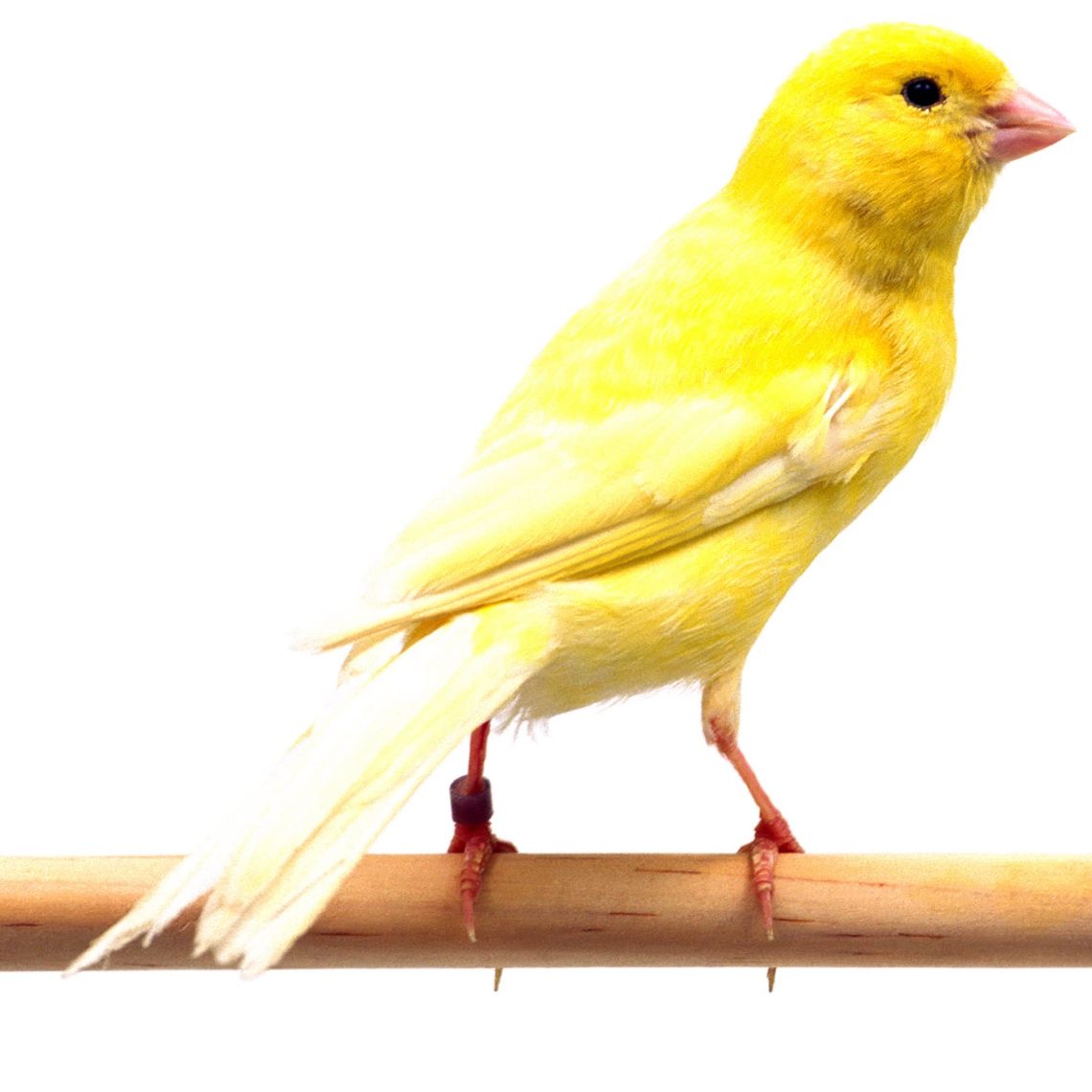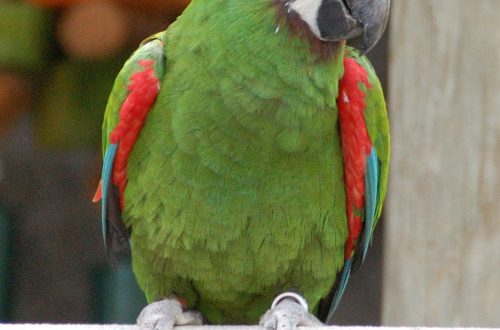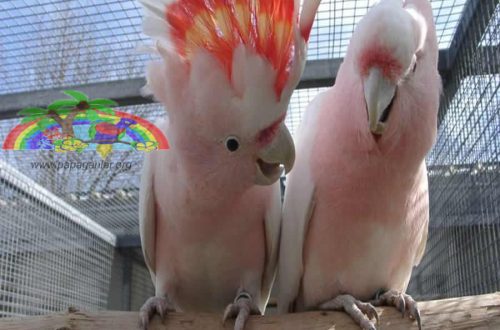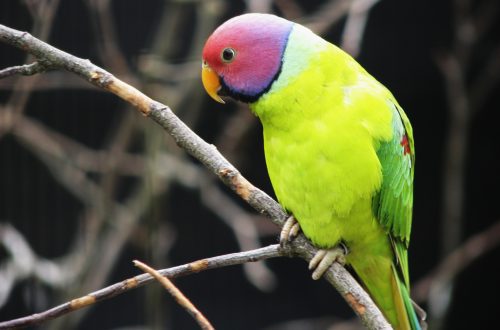
Dedwydd
Cynnwys
Domestic canary (Serinus canaria)
Gorchymyn | Passerine |
teulu | Finch |
Hil | llinosiaid caneri |
In the photo: canaries
Man tamed the wild Canarian canary pack more than 500 years ago, a huge breeding work was carried out on the species, which helped to obtain a great many varieties and breeds of domestic canary, which differ in color, appearance, and singing features. It is believed that at the moment more than 12000 varieties and breeds of domestic canaries have been bred by man, which are usually divided into 3 groups – decorative canaries, colored canaries and singing canaries.
Ornamental canaries have different sizes, body shapes, or modified plumage. The most notable of this group are humpback canaries, crested and Norwich canaries, and various curly-haired canaries. Colored canaries have different colors (red, orange, variegated, yellow, gray, green, etc.). Red canaries are the most desirable of this group of breeds for collectors and hobbyists. Singing canaries include breeds bred to improve their singing qualities. Only males sing in domestic canaries, females also make a certain number of sounds. The breeds of this group include German, Belgian, Spanish, American, Russian singing canaries. All of them have a different “song”, but external data for these birds is not so important.
Canaries are very pleasant birds for home keeping, they are not as noisy as parrots, for example, there is also less garbage from them. They are fairly easy to tame and trust humans. However, these birds are designed to be admired, listened to, but not carried in hands. They are not trained to imitate human speech, various tricks, like parrots. These birds are quite fragile and require attention in their care. Canaries breed well in captivity.
life span of canaries with proper care is 7 – 12 years.
Keeping and caring for a canary
Depending on the number of birds, you may need a different amount of bird space. The cage should be installed in a quiet place, avoiding drafts and direct sunlight. Dark corners, the proximity of the TV and central heating radiators should be avoided. For one bird, the minimum dimensions of the cage should be – length 40 cm, height 25 cm and width 20 cm, however, the larger the cage, the better. The bird must be able to freely jump from perch to perch without touching them, because the length of the cage is more important than the height. If you plan to have a couple of birds, and then have offspring from them, then you will need several cages, since it is better to plant the male in a separate cage for the autumn-winter period. You will also need a breeding cage where the nest will be placed. It should be larger than a single one. After the chicks leave the nest, it would be best to place them in a special flying cage, where they can get stronger and learn to fly. The minimum size of this cage in length is about 120 cm. Since canaries do not belong to gnawing birds, the cage material can be anything, even wood. However, remember that this material should not be toxic to the bird. The tree is capable of accumulating various small parasites. The distance between the bars should not allow the bird to stick its head between them. As with other birds, the shape of the cage should not be round; a rectangular shape should be preferred. A domed top can also be a cause for bird anxiety, a roof with corners is the best option.
Perches of various suitable diameters with bark from safe tree species should be installed in the cage. Perches should be set at different heights. The cage should also have feeders for dry food, for soft food and for mineral mixtures. Do not forget about the drinker, which must be closed, as open drinkers become dirty with droppings and debris very quickly.
In addition, a swimsuit should be in the cage, or it can be periodically placed in the cage. This will keep the bird’s plumage in good condition. The depth of the bathing suit should not exceed 5 cm.
For the winter period, you will need a special lamp to extend the daylight hours, as canaries are very sensitive to light. Daylight hours should be 14-16 hours.
Feeding canaries
The basis of the diet of the canary should be a dry grain mixture. Now the choice of feeds that are designed specifically for these birds is simply huge. There are even special feeds designed for molting birds that contain more fatty seeds to replenish the energy expended on feather growth. There are also special food for canaries with dyes in order to make the color of the feather brighter, however, it is necessary to ensure that these dyes are natural and do not harm the health of the bird (especially the liver).
Canaries tend to be overweight, so overeating is bad for them. Feed should be poured no more than 1 – 1,5 teaspoons per day per bird.
In addition to grain feed, fruits, vegetables, green fodder, germinated cereals must be present in the diet. Fruits and vegetables are usually given to birds in slices or rubbed on a fine grater. It can be carrots, beets, sweet peppers, pumpkins, zucchini, apples, pears, plums, berries, etc. From greens, offer canaries leaf lettuce, dandelions, shepherd’s purse, wood lice, wild cereal herbs. Remember that such foods should be thoroughly washed before serving, they can cause changes in the litter.
Mineral supplements should always be in the cage – mineral mixture, sepia, chalk, clay.
Animal foods are best given infrequently as they can induce sexual behavior and stress the liver. Use them during molting and breeding. Soft and juicy food is not stored for a long time, therefore, after the birds have eaten, the remains must be removed.
Bridio caneri
Only healthy birds should be allowed to breed canaries. They should be active and alert, should not be related. The minimum age for breeding is 1 year, the maximum age is 4 years for females. To prepare birds for breeding, artificially increase the daylight hours, if necessary, up to 13-14 hours, enrich the diet with animal feed, germinated grain. Give the birds the opportunity to move a lot and often. Birds are placed in a large cage, where you need to place the base for the nest (nests for open-type canaries) and place nesting material (dry blades of grass, pieces of paper, small feathers), with which the female will cover the nest. There are 2 breeding methods – with the presence of the male during the entire breeding season and with the presence of him only during the mating period. The first method is closer to natural and most preferable.
The number of eggs in a canary clutch is usually from 3 to 7, depending on the breed and the physiological state of the bird. They usually incubate with 2 or 3 eggs. The female incubates the clutch, very rarely the male can replace it for a while. Chicks are usually born on the 13th – 15th day after the start of incubation. To maintain moisture in the nest during incubation, the female should be given the opportunity to bathe. After the last egg is laid, protein foods must be removed from the diet before the first chick appears. When the chicks are about 2 weeks old, the female starts laying again. It is necessary to offer her a new basis for the nest and material for construction. The male feeds the chicks for about 10 more days. If the chicks interfere with the female, it is better to put them away with the male for a while until they learn to feed on their own, and then return the male back. In the diet of chicks, green and succulent foods should be limited and introduced gradually, as they weaken.







